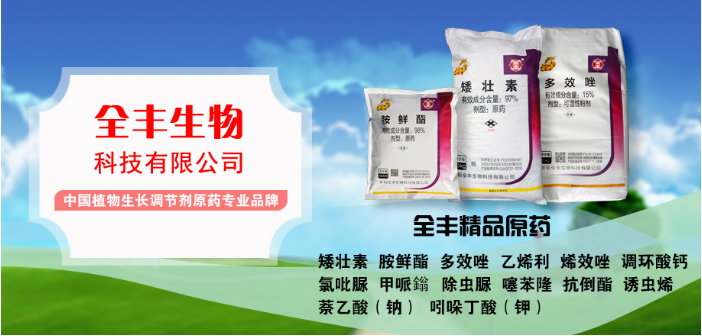Planting technology and management of maize
Time:2023-01-31 Follow:1008
Maize, the largest grain crop in China, is a kind of C4 plant in the biological range, but its bracts use C3 mode for photosynthesis. It is monoecious, and its main production area is located in the world's third largest corn belt - the Songliao Plain corn belt in China. The total planting area of maize is about 1249.35 square kilometers, also known as maize, corn (corn cob), corn, and stick. It is called millet in Cantonese and parva in Minnan. It is an annual grass herb, an important food crop and an important feed source, and also a food crop with a high total yield in the world.

1、 Type of corn
Corn is mainly divided into spring corn and autumn corn according to planting season. It can be divided into common corn, sweet corn, waxy corn, bamboo shoot corn, high-oil corn and popcorn according to its use.
2、 Site selection, preparation and application of sufficient basic fertilizer
1. Site selection
Rice is a crop that likes fertilizer and water, is warm and warm, needs more oxygen and is afraid of waterlogging. Too acid, too sticky and poor soil will make maize grow poorly. Therefore, it is advisable to select loam or sandy loam with convenient drainage and irrigation, convenient management, PH 6.5-7 and medium fertility.
2. Land preparation and basic fertilizer application
Good soil preparation is the prerequisite for preserving seedlings. After selecting the land, carry out deep ploughing and raking. Generally, two ploughs and two rakes should be carried out, and the depth of the tillage layer should be more than 30 cm, so as to meet the quality requirements of "flat, fine soil, sufficient moisture and high fertilizer". After land preparation, set out and open the ditch according to the double-row planting spacing of 120~140 cm, and apply 1000 kg of decomposed farmyard manure, 50 kg of bean cake and 50 kg of superphosphate as basic fertilizer strips in the ditch; In order to facilitate drainage and irrigation, ditches should be opened for border in combination with land preparation, and drainage ditches should be built on all sides. The border shall be flat and the ditches shall be straight, the ditches shall be connected, and the drainage and irrigation shall be smooth.
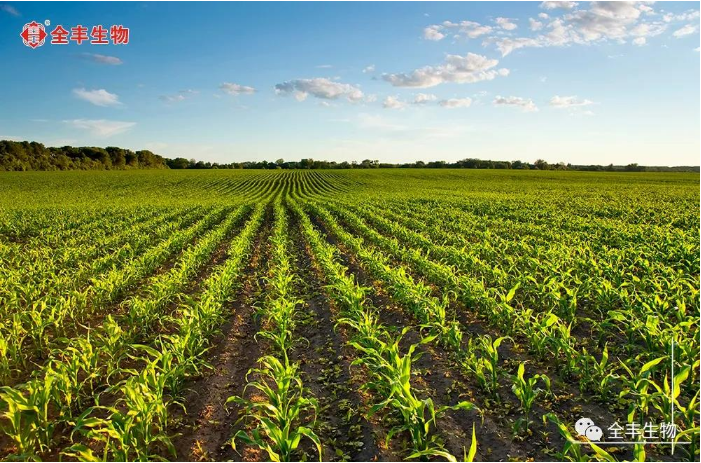
3、 Seed treatment and sowing
1. Select good varieties
The suitable varieties should be high and stable yield, good quality, disease resistance and lodging resistance, and can meet the market demand and sell well. At present, "Yedan 4", "Yedan 13", "Zhongdan 321" and other varieties are selected for feeding corn. Special varieties such as "Tiannuo 1" and "Suyu 1" are selected for fresh corn. Generally, the seed consumption per mu of direct seeding field is 1500-2000 grams.
2. Seed treatment
Before sowing, carefully screen the seeds with bright color, consistent size, full grain and high germination rate. Ensure that the purity of seeds is at least 98% and the germination rate is at least 85%. In addition, we should eliminate inferior seeds, such as those with mildew, rot and too small particles. Then the seeds are dried. Generally, a good weather is selected one week before planting to dry the seeds outdoors. First, the corn seeds are spread evenly, and the thickness is kept at about 5cm. Select a windward and sunny place to turn at any time, so as to ensure that each corn seed can be exposed to light and dry for two or three days. Then the seeds are coated. After drying the corn seeds, the seeds are coated two or three days before sowing. In this process, the seeds should be evenly stirred in a place with backlight and leeward. After the coating treatment, the corn seeds should be naturally dried in the shade, and then harvested for sowing.
3. Seeding technology
For corn, agricultural experts put forward "seven points depend on sowing and three points depend on management", which shows how important the quality of corn sowing has on the yield. During the germination of corn seeds, the soil needs to provide enough water. Generally, the water content suitable for seed germination in the soil needs to reach 70% - 75%. When sowing in spring, if the seeding layer is shallow, the soil above the seeds will lose moisture when it is time for seed germination after 10 days. Once the seeds cannot absorb enough water, they will "dry seed". This will lead to the lack of seedlings and ridge cutting of corn, and reduce the yield. If the planting plot has good watering conditions, the soil moisture can be properly watered before sowing according to the soil moisture content, so as to ensure that the soil has sufficient moisture before sowing, so as to ensure the germination and emergence of seeds. If there is no better watering condition, we should seize the opportunity to sow seeds in time after the rain. During the seeding process, wet soil should be selected, with a depth of about 3.5-4.5 cm, so as to achieve the goal of preserving seedlings at one time and achieving full and strong seedlings.
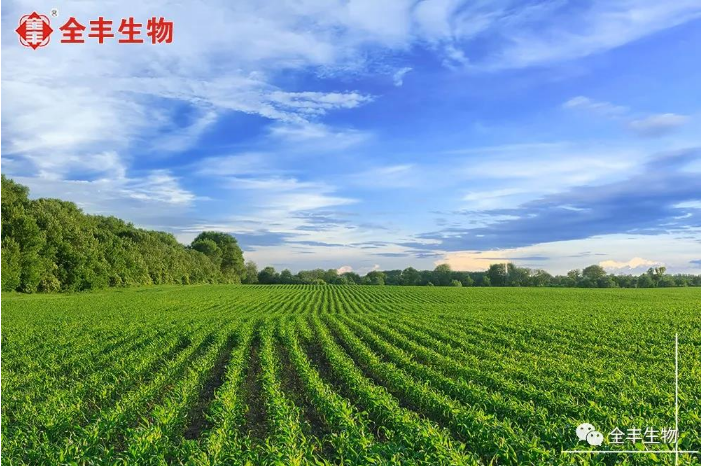
4、 Scientific fertilization
In the process of fertilizing corn, the principle of "light in front, medium in weight, and supplement in the rear" should be followed. Corn has a large demand for nitrogen, phosphorus and potassium. The absorption of the three elements in the whole growth period is more nitrogen, followed by potassium, and less phosphorus. Therefore, the fertilization of corn is mainly to increase nitrogen fertilizer, combined with phosphorus and potassium fertilizer. Generally speaking, the seedlings (1~6 leaves) grow slowly, the plants are small, and the nutrients absorbed are also small. At this time, the amount of fertilizer should account for about 10% of the amount of fertilizer. The growth is very fast from jointing to flowering (7~16 leaves). At this time, it is the formation and development period of male and female panicles. The nutrient absorption rate is fast and the quantity is large. It is the critical period for the plant to need nutrients. At this time, sufficient nutrients can be supplied to promote the number and size of panicles. At this time, the amount of fertilizer should account for about 60% of the total amount of fertilizer, and the absorption rate gradually slowed down in the later stage (after 17 leaves), and the amount of absorption also decreased. The amount of fertilizer should account for about 20% of the total amount of fertilizer. The application ratio of nitrogen, phosphorus and potassium is generally about 3:1:2.8. At the seedling stage, potassium fertilizer, organic fertilizer, phosphorus fertilizer and zinc fertilizer can be applied at one time. For phosphate fertilizer, it must be applied deeply, and the effect of increasing yield is obvious when the depth is about 15 cm.
1. Management of seedling stage
The seedling stage of maize is the vegetative growth stage formed by rooting and leafing, stem, node and leaf differentiation, and most of the root system is formed at this time. The main goal of seedling management is to promote root development, cultivate strong seedlings, achieve complete, complete and strong seedlings, and lay a good foundation for the growth of the spike and grain stage.
(1) Seedling fixation and thinning: master the principle of "removing the weak and keeping the strong, keeping the dense and thin, orienting, keeping the even and keeping the strong seedlings". Seedling fixation is generally carried out when five true leaves are left, and one strong seedling is left in each hole. At the same time, the seedlings are checked and repaired, the seedlings are moved with soil, and sufficient rooting water is poured to ensure the survival of the seedlings. If there are too many seedlings missing, it can be solved by replanting seeds.
(2) Inter-tillage and weeding: maize seedlings can be inter-tillage for 1-2 times, combined with fertilization and proper soil cultivation. The depth of intertillage shall be shallow beside the seedlings, deep in the row, shallow before and deep after seeding, and pay attention to the prevention and control of diseases and pests.
(3) Water and fertilizer management: at the time of 5~6 leaves, apply seedling fertilizer for the first time, apply 7.5~10 kg of urea per mu, open a ditch in the middle of the border, and then cover the soil. In case of water shortage in the seedling stage, irrigation should be carried out in time, and ditch irrigation is appropriate. In case of rainy days, wet soil and ponding, pay attention to open deep ditches to drain ponding and improve soil ventilation conditions.
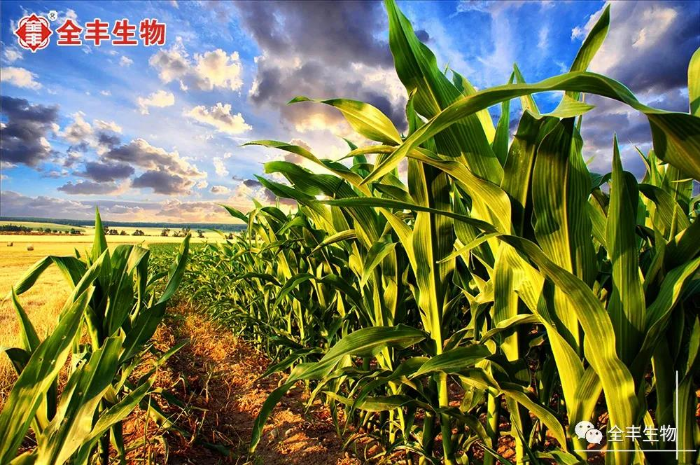
2. Management of ear period
The goal of field management at the ear stage is to attack the stem and ear, prevent water and fertilizer deficiency, and make the plant neat, the stem nodes thick and short, the leaves wide and thick, the root thick and large, and the female and male ear develop well.
(1) Water and fertilizer management: at the time of 8~9 leaves, the second topdressing, that is, the application of straw fertilizer, accounts for about 25% of the total amount of fertilizer, and 10 kg of Hefei compound fertilizer plus 7.5 kg of potassium chloride per mu is applied in the form of strip fertilizer. At the time of 14~15 leaves (big bell stage), the third fertilizer application, that is, the application of spike fertilizer, accounts for about 35% of the total amount of fertilizer application. Each mu of fertilizer is applied with 20 kg of compound Hefei and 10 kg of potassium chloride, combined with large soil cultivation. After 9 leaves and 15 leaves, topdressing outside the root was carried out once, and 50 grams of rare earth or 800~1000 times of potassium dihydrogen phosphate were sprayed per mu. From jointing to heading, the plant of maize starts to grow vigorously and needs much water, especially before and after heading, which is the critical period of water demand for maize. At this time, water shortage, poor development, inconsistent flowering of male and female, affect pollination, resulting in bald head, lack of grain or empty stem, so soil water capacity should be kept at 70~80% during this period. In areas with plenty of rain, attention should be paid to ditch drainage. The damage period of corn borer is from the bell mouth to the heading stage. It is necessary to spray 500~800 times of trichlorfon or a mixture of chlorpyrifos+Bt powder to control the corn borer.
(2) Inter-tillage and soil cultivation: in order to prevent soil hardening, eliminate weeds, improve the growth function of root system, and promote the multiple and deep roots, the tiller and soil cultivation should be carried out according to the soil and weed conditions at the heading stage. Generally, 1~2 times of intertillage shall be carried out between jointing and heading, and 2~4 inches of deep intertillage shall be carried out between rows to cut off some hairy roots, stimulate multiple new roots, and enhance the ability of drought resistance and lodging resistance. In the "big bell mouth" period before tasseling, plough once more shallowly and raise the soil ridge.

3. Management of heading and fruiting period
This period is the key period to determine the number of effective panicles, the number of solid grains per panicle and the grain weight. At this time, we should mainly pay attention to the appropriate amount of fertilizer supplement (10 kg of urea), drought resistance and drainage, artificial pollination and other work. When heading, flowering and grouting, irrigation should be carried out in time to keep the soil moist and meet the water requirements of the plant. However, irrigation should not be flooded, and it is better to irrigate horse water. Pay attention to drainage in rainy days to avoid waterlogging and anoxic injury to roots. During the flowering period of corn, in case of bad weather, artificial pollination should be carried out for 2-3 times, usually at 9-11 am on sunny days, to reduce the lack of grain and baldness.
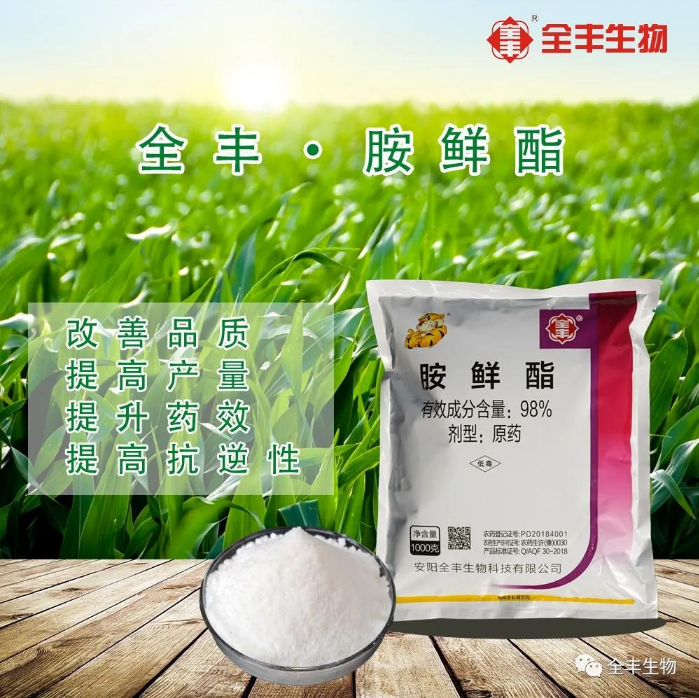
5、 Pest control
In principle, prevention should be given priority to comprehensive prevention and control, and early detection and prevention should be carried out in management.
The prevention and control of aphid diseases can be achieved by seed dressing. Dwarf disease, commonly known as the Clivia phenomenon, is caused by underground pests that damage the roots, and then infect the virus. Once the disease occurs, it will almost disappear. The control method is to mix seeds with carbofuran seed coating agent. The dosage of carbofuran is 20%, and the low value should be greater than 7%, but less than 7% has no effect. Yellow seedling disease, corn seedling disease, underground pests damage the taproot, and then infect the bacteria, which are often mistaken for top rot. Once the disease occurs, The production reduction is serious. The prevention and control method is to use carbofuran seed coating agent to mix seeds
Maize diseases mainly include leaf spot, rust and sheath blight. Insect pests mainly include corn borer, armyworm, corn aphid, cotton bollworm, small land tiger, etc. For chemical control, large and small leaf spot and rust can be sprayed with 500 times of 50% carbendazim, and sheath blight can be sprayed with 500 times of 5% jinggangmycin. Corn borer and armyworm can be sprayed with 10% cypermethrin 2000 times and Bt powder 800 times, corn aphid can be sprayed with 20% Kangfuduo 3000 times, cotton bollworm can be sprayed with Bt powder 800 times and Tianli powder 800 times.
